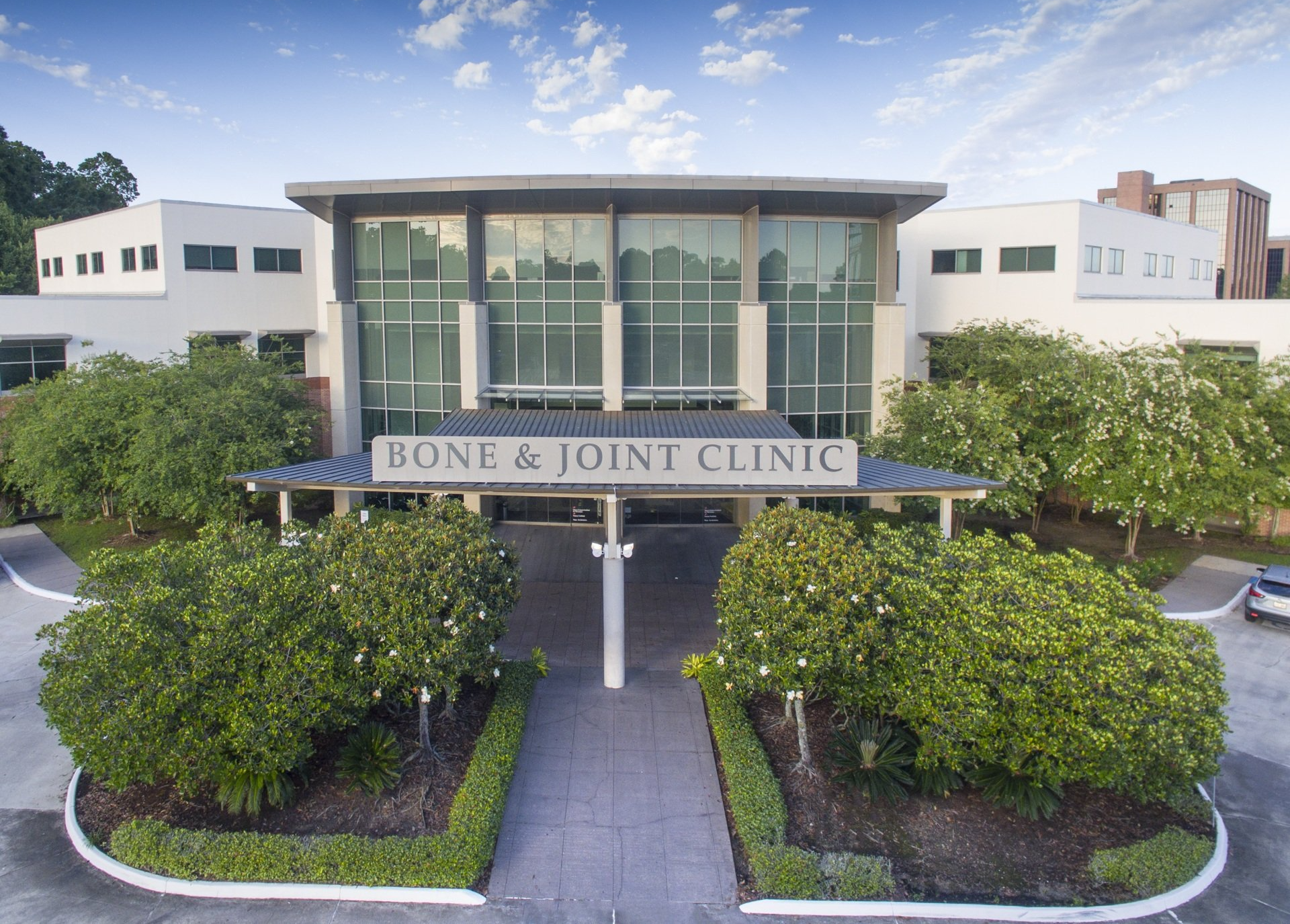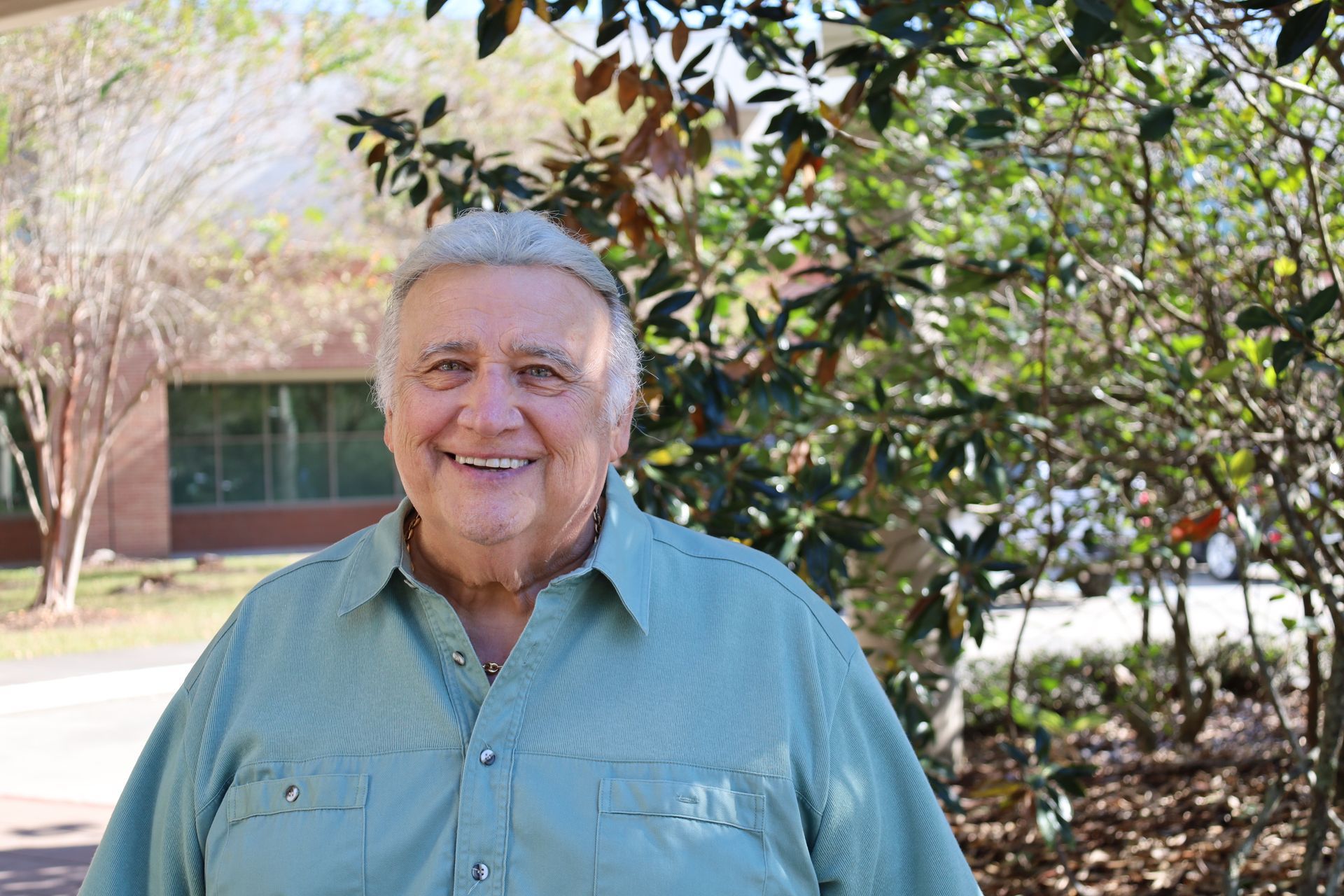The knee is one of the body’s largest and most complex joints, comprised of multiple bones, tendons, and ligaments. When strong and healthy, the knee supports the leg and weight of the body while allowing for the movement and rotation necessary for walking, running, jumping, and more. Given the size and function of the knee, it shouldn’t be surprising to learn that millions of Americans suffer injuries of the knee each year and that it is the most common site of injury among athletes.
What are Multi-Ligament Knee Injuries?
Among all types of knee injuries, ligament tears are very common, particularly among athletes and those who are physically active. In most cases, only a single ligament is involved. However, there are instances, particularly in events of extreme trauma or force to the joint, where multiple ligaments may be injured or torn. These are known as multi-ligament knee injuries, and they involve two or more of the anterior cruciate, posterior cruciate, lateral collateral, and medial collateral ligaments.
Diagnosing Multi-Ligament Knee Injuries
Multi-ligament knee injuries require diagnosis and treatment by an orthopedic specialist. In order to determine the extent of the injury, a physician will perform a physical exam and imaging tests such as x-ray and MRI. During the examination, a doctor will check for symptoms such as swelling, pain, knee instability, and limitations in mobility.
Treating Multi-Ligament Knee Injuries
Multi-ligament tears within the knee typically require surgical repair. Once a diagnosis has been made, patients may begin physical therapy, wearing a brace to protect the knee and prepare for surgery. The exact type of surgery and tissue used for repair will depend on the ligaments involved. In some cases, a patient’s own tissue can be used, while others may necessitate cadaver tissue. PCL and ACL tears are typically repaired using small incisions and an arthroscopic technique, whereas MCL and LCL tears may require larger incisions.
Recovering from a Multi-Ligament Knee Injury
Recovery following repair of a multi-ligament knee injury relies upon a strong physical therapy program and careful adherence to the surgeon’s post-operative instructions. This includes following instructions regarding weightbearing and level of activity. When the right steps to recovery are taken at the appropriate time and frequency, patients can expect to regain full function and range of motion in the knee. Still, multi-ligament injuries are extensive and can take up to a year to fully heal following surgery.
Baton Rouge Treatment of Multi-Ligament Knee Injuries
In the Baton Rouge area, orthopedic surgeons at the Bone and Joint Clinic of Baton Rouge frequently treat sports- and trauma-related knee injuries, including those that impact multiple ligaments. From diagnosis to surgical repair, our team of board-certified specialists are the experts you need to return your knee to normal function and maintain your level of performance.




